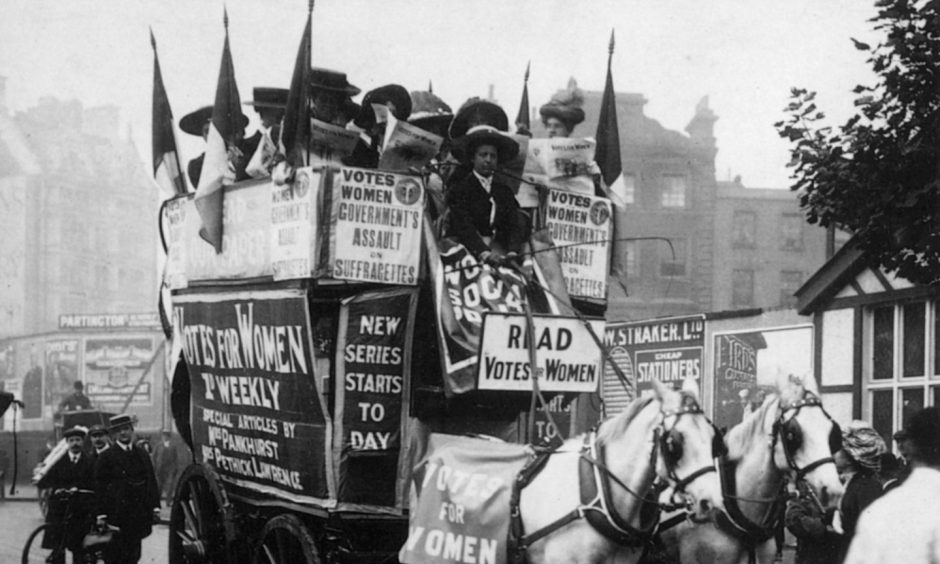
They caused outrage, scandal and havoc across the north and northeast in the early years of last century.
They assaulted politicians, burned down buildings, painted slogans, disrupted meetings.
They went to jail for their beliefs, and were force-fed if they went on hunger strike.
Worst of all, none of it helped achieve their objective — that of getting women the vote.
In fact, it was often counter-productive.
When the suffragette campaign came north
Militant suffragettes took their votes for women campaign north when they realised that two prime ministers of their age, Herbert Asquith and Henry Campbell-Bannerman had Scottish seats, and cabinet minister Winston Churchill a seat in Dundee, so mileage could be had by carrying out disruptive action within their orbit.
The savvy suffragettes, members of the Women’s Social and Political Union (WSPU) knew that their ‘pranks’, as they were often described, would make it into the newspapers, spreading publicity for their cause.
And if ‘pranks’ could be carried out around the prime minister when he was on the golf course for example, people would sit up and take notice. Things would surely change.
Churchill targeted at Balmoral
In 1912 they made Winston Churchill, then a cabinet minister, their target at Balmoral.
Three years earlier Churchill was accosted with a whip by suffragette Theresa Garnett.
His proposed solution was a referendum on the issue but this found no favour with Asquith, vehemently opposed to women getting the vote.
It was discovered that overnight, inside Balmoral castle grounds, suffragettes had found their way to the golf course, where ‘moving from hole to hole they had replaced the white and red flags with others of a purple tint, and bearing inscriptions characteristic of the movement”.
‘Cabinet Ministers, stop forcibly feeding women’, was one of the inscriptions. The force-feeding of suffragettes in jail in England had started in 1909, although it didn’t reach Scotland until 1914.
The suffragettes had already attempted to ‘molest’ Churchill on his landing at Aberdeen earlier with this cry and that of another golf course inscription, ‘Votes for Women means peace for Cabinet Ministers.’
Painting on the memorial fountain
They also painted an another inscription on the memorial fountain erected by the side of the south Ballater and Braemar road, which skirted the golf course: ‘Cabinet Ministers are responsible for the present actions’.
Pretty tame stuff in comparison to the bombing and arson attacks being carried out by the militants elsewhere in the country.
But a year later, two suffragettes were arrested at Lossiemouth charged with assaulting the Prime Minster Herbert Asquith on the golf links.
Winnie Wallace of Dundee and Flora Helen Smith of Edinburgh came before Elgin Sheriff court and were remanded on bail.
Show of resistance
On their next court appearance they used the opportunity for a show of resistance, considered most unbecoming for ladies at the time.
They refused to stand up when asked to by the Sheriff, saying they could hear as well sitting as standing.
On the request being repeated, Flora Smith said: “Oh, we had better stand up to please them.”
Meanwhile Asquith returned to the golf course surrounded by extra security, including four detectives, the chief constable of Elgin in plain clothes and six voluntary protectors.
“Everyone laughs when they see him so guarded,” said an observer.
Professor Sarah Pedersen of Robert Gordon University is an expert in the history of women’s suffrage in Scotland.
She points out that the majority of women in the north campaigning for the vote were ‘suffragists’, active from the 1860s onwards, and trying to use peaceful means towards their end.
“They are mostly middle class women who got together and wrote letters and signed petition after petition, campaigning, trying to persuade the government of the day, please can we have the vote.
“They got nowhere, so you get this moment at the beginning of the twentieth century where Emmeline Pankhurst says this is not sufficient.
“She creates the Women’s Social and Political Union (WSPU) and from this come the militant activists knowns as suffragettes.
“They realised the importance of the north to their cause and came up to rally support in the Highlands and north east.
Force feeding had begun
“Once force-feeding began, causing horrific damage to women, they got even more angry and militancy really took of including bombings and arson.
“And up here in particular breaking into golf courses, attacking public property and private property with the idea that the property holders would then say to the government what are you doing, you ought to give the vote to women.”
The tactic often backfired, amid hostility from the right-wing press in particular.
Sarah said: “It’s like a moral panic at this point, so if there’s a woman wandering about the town she’s probably going to blow something up.
“It’s all stories and rumours.
Suffragists horrified
“The suffragists are still the majority and they are horrified, feeling they’d got to the point where the government had been thinking about doing something, they were getting more well-known and now these women had come along with their bombs and arson.
“But Mrs Pankhurst would turn to them and say you have had 50 years, and I’ve got it as a front page news story every day, you haven’t.”
The notoriety of the suffragettes caused a backlash. The press stopped concentrating on the arguments for giving women the vote, and focused on the scandal.
It was even suggested in Parliament that the island of Eigg would be an excellent place in which to confine the suffragettes. The uncalled-for remark came as part of a debate as to whether the island should be granted a pier.
In the end the advent of the First World War in 1914 put an end to the militant activism.
Truce called as war broke out
“Leaders of both suffragists and suffragettes went to the government and said let’s call a truce,” Sarah said. “We all need to concentrate on the war.
“The women are let out of prison, a lot get involved in war work, the establishment of Scottish Women’s Hospitals for example, and at the same a lot of them get involved, even more scarily I think, in pacificism work.
“If you thought standing up in the middle of Glasgow and asking for the vote was scary, try standing up and saying we should have a truce in the war.”
In the end, it wasn’t until 1918 that a small proportion of women got the vote, and it wasn’t because of anything either suffragists or suffragettes had done.
It was more like an award for their war work, Sarah says.
And it was basic political maths.
The government was now extending the male franchise to all men over the age of 21, mainly because so many men had died in killing fields like the Somme.
“If they’d given the vote to all women over the age of 21 there would be more women voting than men and that couldn’t be allowed to happen, so they gave it to all men over 21 and some women over 30 with property or married to a man with property.
“A very small proportion.”
It took ten more years before all women over 21 got the vote, in 1928.
Again, nothing to do with their activism.
Sarah said: “There was a campaign for the flappers vote, it wasn’t militant, it was demonstrating that, look we’ve got women MPs, women are voting in a sensible way, it doesn’t disrupt anything, there wasn’t suddenly a women’s party, they were voting just as their husbands, sons and brothers were, so it just made sense, we should give them the equality they deserve.”
Above all, politicians from both right and left had calculated that their share of the vote would not in fact be threatened by enfranchising women, finally exposing the real reason why they had refused ‘silly’ women the vote for so long.
More like this:
Did militant suffragettes torch a Highland mansion in 1914?
Who are Aberdeen’s history-making heroines?
The Aberdeen racing driver, WW1 hero and suffragist who ‘led a gallant life’
Caroline Phillips made her mark and now awaits her plaque as Aberdeen Suffragette
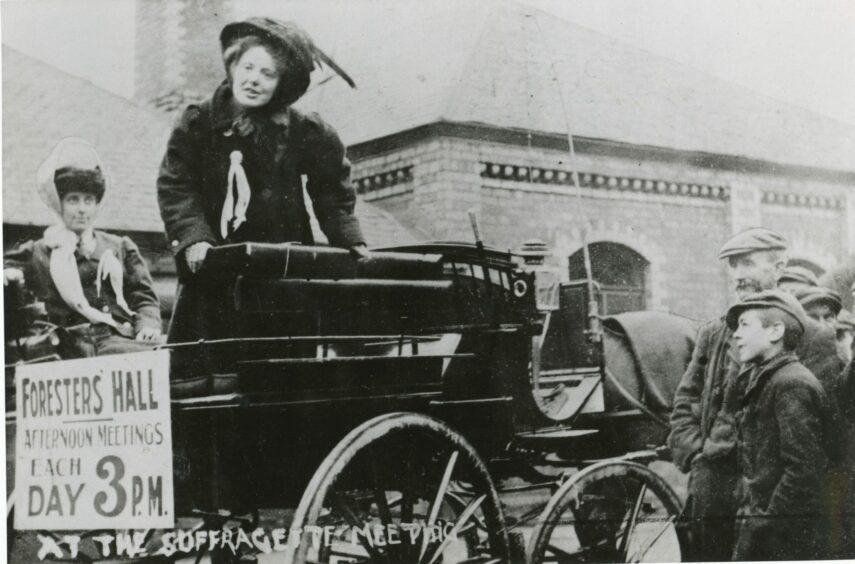
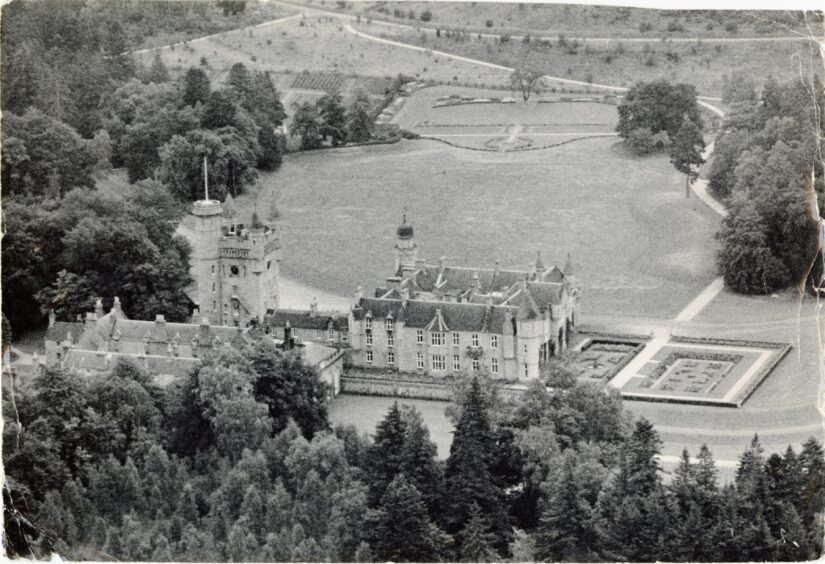
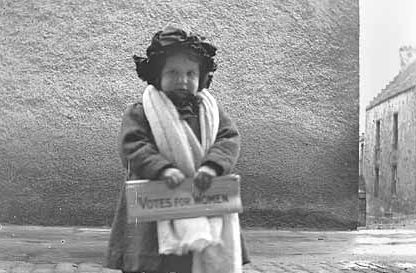


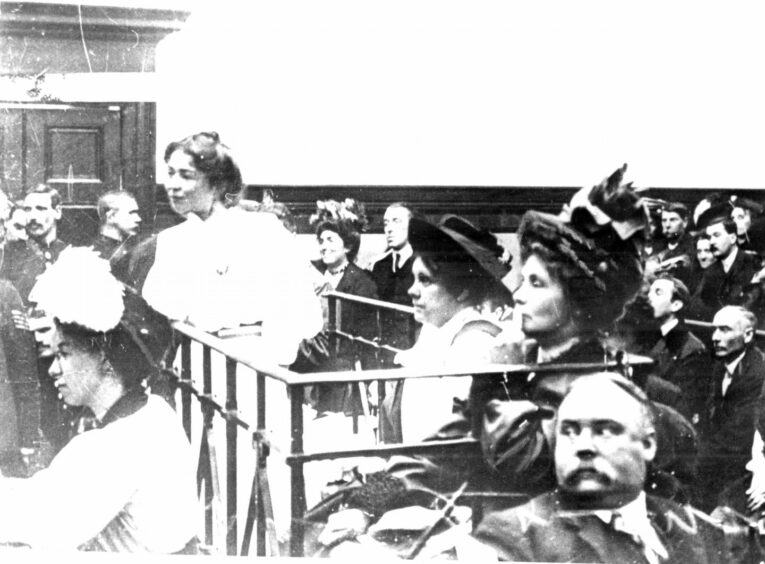
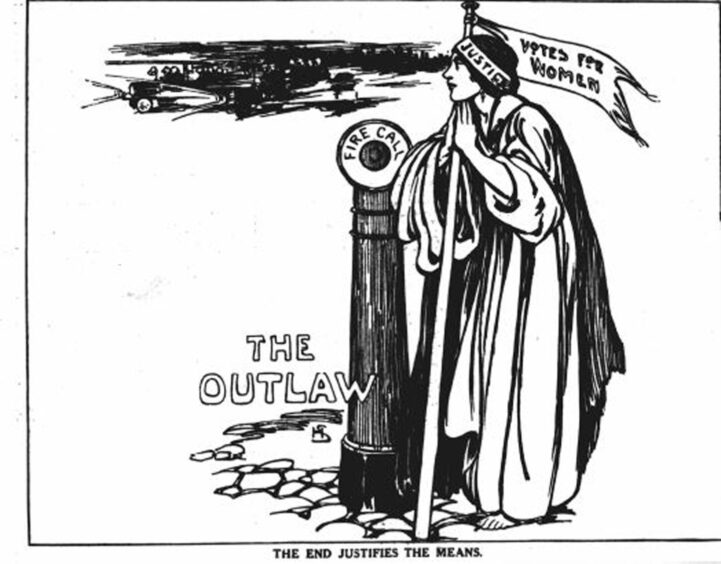
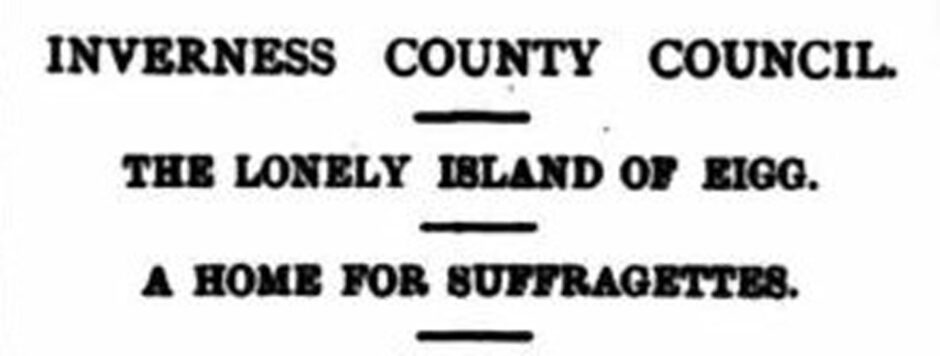


Conversation